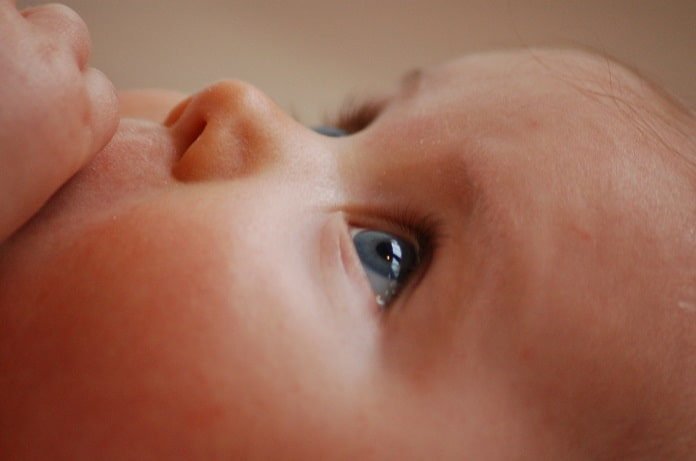Retinopathy of prematurity in infants can lead to retina and vision loss. Binenbaum and colleagues verified the CHOP ROP model as a useful clinical tool for identifying infants at high risk of the disease.
Retinopathy of prematurity, or ROP, is a disease in which the blood supply to the retina does not develop properly, leading to detachment of the retina and vision loss. ROP can be treated with laser or injections, but treatment is time-sensitive. Doctors have developed many different methods of predicting which infants are at risk for ROP, including the Children’s Hospital of Philadelphia ROP, or CHOP ROP, model.
In a recent study published in JAMA Opthalmology, Binenbaum and colleagues tested the efficacy of the CHOP ROP model at predicting ROP onset in a cohort of 7483 premature infants. To do this, they used data from the Postnatal Growth and Retinopathy of Prematurity Study, in which all infants received ROP examinations and ROP outcomes were known. A total of 3224 infants from the study developed retinopathy of prematurity of some form.
The researchers found that the CHOP ROP model predicted 917 of 931 cases of ROP correctly, meaning the model has a sensitivity, or accuracy, of 98.5%. At this level, the model was able to reduce the number of infants who received ROP examinations to 34.3%. The researchers then lowered the threshold for predicting ROP, and were able to increase sensitivity to 100%–that is, they were able to predict all ROP cases correctly. However, at this threshold, the model was only able to reduce the number of infants receiving ROP examinations by 6.8%.
Based on their results, Binenbaum and colleagues have validated the CHOP ROP model as a way of identifying infants at high risk of developing ROP, and have suggested a modified examination schedule for infants. High-risk infants can be examined following existing clinical standards, and low-risk infants can receive fewer examinations at a later stage. This examination schedule would still identify infants with ROP early enough to start treatment but would decrease the number of examinations by up to 30%. In the future, additional factors could be incorporated into the model to improve its predictive ability.
Written by C. I. Villamil
Reference: Binenbaum et al. 2017. Validation of the Children’s Hospital of Philadelphia Retinopathy of Prematurity (CHOP ROP) Model. JAMA Ophthalmology.


